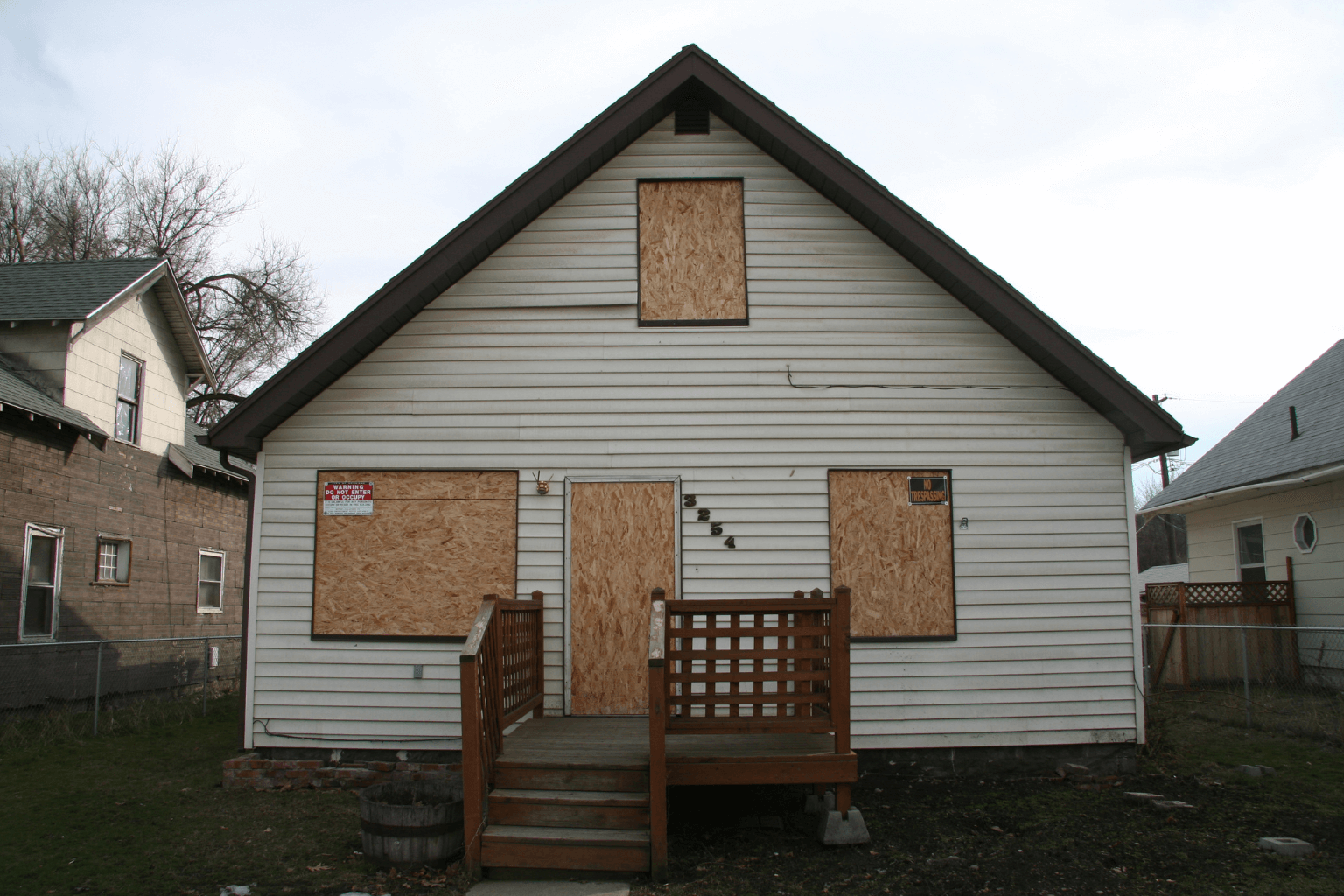Understanding What a Condemned House Is Really Worth
The value of condemned property depends on several factors, including its physical condition, location, and potential for redevelopment. Whether you're a property owner facing condemnation or an investor exploring redevelopment, it's important to understand how property value is determined. Methods such as comparable sales and income potential play a significant role. Additionally, legal rights, zoning regulations, and environmental concerns all impact outcomes.
Must-Read Alert: While you're here, check out How to Sell a Condemned House in California. It's gaining serious traction and gives practical tips for navigating sales in challenging situations.
What Is a Condemned Property?
Condemnation is when the government takes private property for public use, usually under eminent domain laws. While this can be stressful for property owners, it also guarantees the right to just compensation.
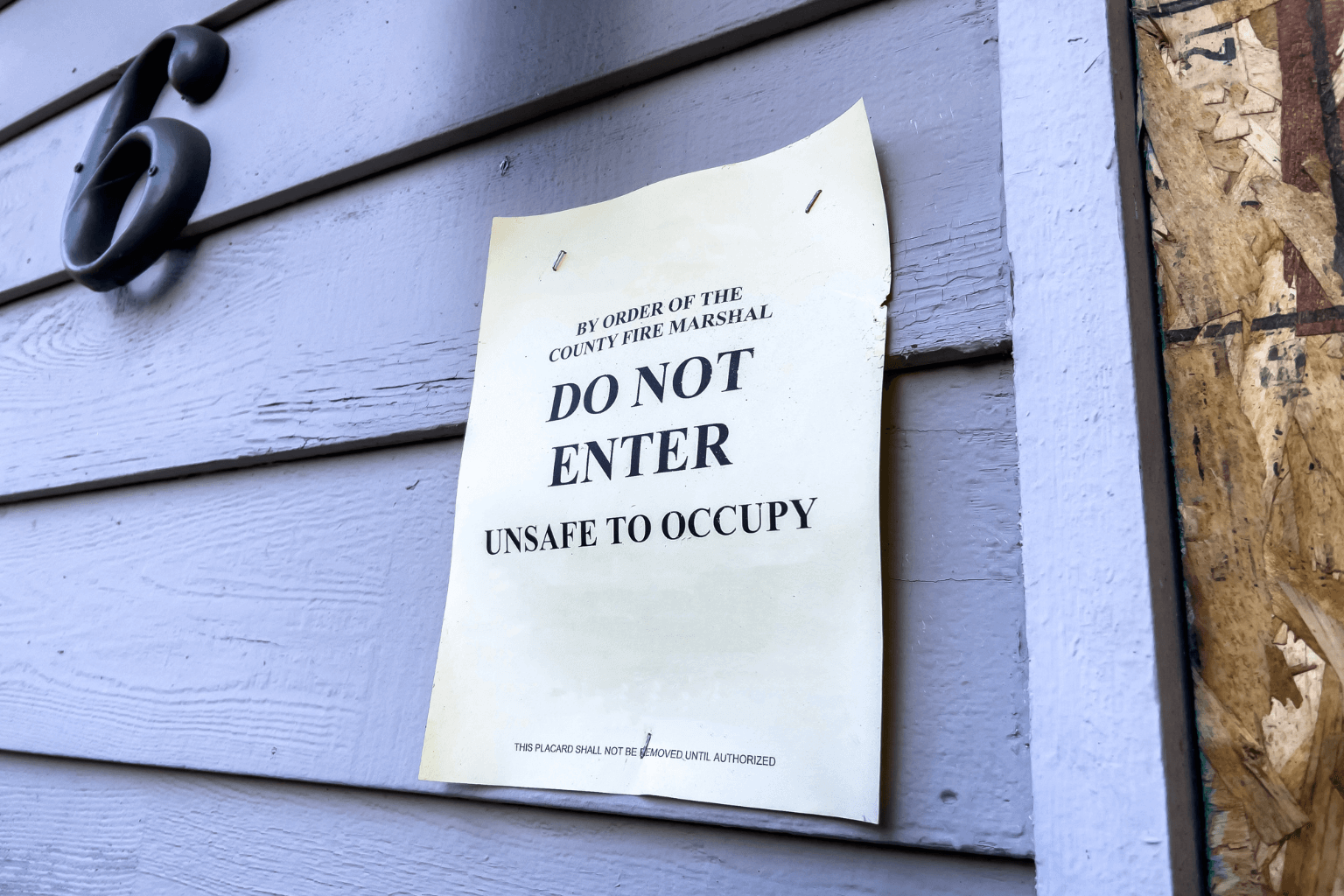
Want to learn how condemnation specifically affects leaseholders? Check out this YouTube explainer on how it impacts rental agreements and tenants.
Factors That Affect the Value of Condemned Property
Several factors can affect the value of a condemned property.
Physical Condition and Safety
A property's condition plays a huge role. Structural problems, such as a damaged foundation or roof, can reduce value, while minor issues may still allow for restoration.
Environmental Hazards
Pollution, asbestos, or chemical spills may require expensive cleanups. These hazards not only affect value but also determine how the property can be used in the future. According to the EPA, these brownfield sites often need thorough environmental assessments before redevelopment.
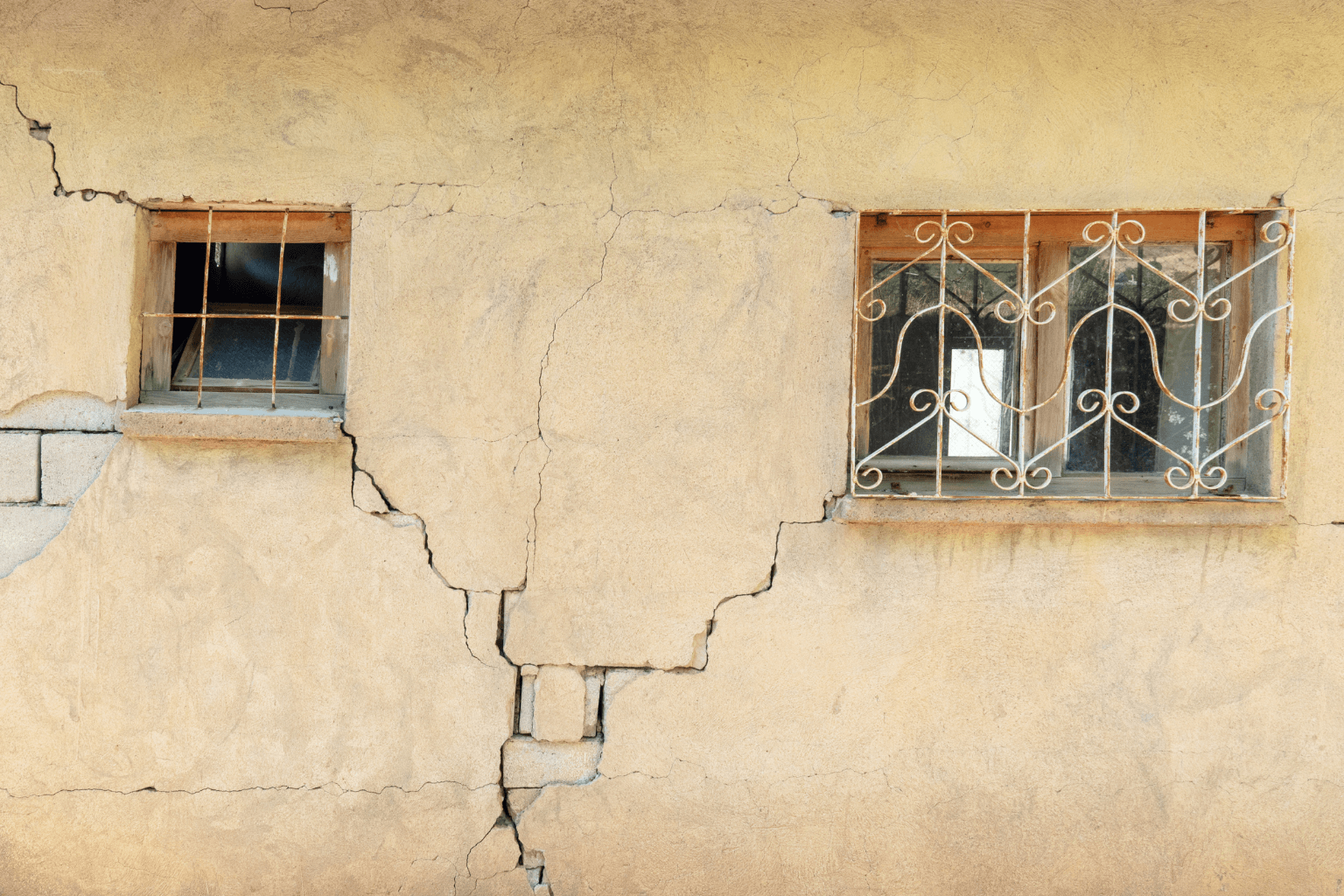
Legal Rights and Compensation
Understanding your legal standing is essential in protecting your rights.
Challenging Condemnation
You have the right to question the condemnation, especially if the public use is unclear or uncertain. Legal guidance can help ensure your case is heard.
Filing for Fair Compensation
Knowing the value of condemned property helps you claim the compensation you're owed. Always request an independent appraisal.

If you're going through other complicated transitions—like a divorce—our guide on selling a house after a divorce agreement in California may also be helpful.
Valuation Strategies for Condemned Properties
Using the correct methods ensures an accurate valuation.
Key Methods for Valuing Condemned Property
- Comparable Sales Approach: Looks at recent sales of similar properties.
- Income Approach: Estimates value based on rental income (if applicable).
- Cost Approach: This approach considers the cost to replace the structure, minus depreciation.
Using more than one method provides a more accurate picture of a property's worth.
Urban Planning and Redevelopment
Zoning and planning decisions can increase or limit value.
The Role of Zoning Regulations
Zoning affects how a property can be used. Residential, commercial, or industrial zones each have different rules and profit potential.
Community Engagement in Redevelopment
Involving residents in planning helps align redevelopment with local needs and improves project success.

Looking for something different? We Buy Houses in Foster City, CA — and our local team knows how to navigate zoning and condemnation challenges specific to your area.
Economic and Social Impacts
Condemned properties don't just affect owners—they impact whole communities.
Community Consequences of Condemned Property
- Property Tax Loss: Lowers funding for schools and services.
- Decline in Property Values: Nearby homes can lose value.
- Reduced Community Investment: Blight may discourage new business or home improvements.
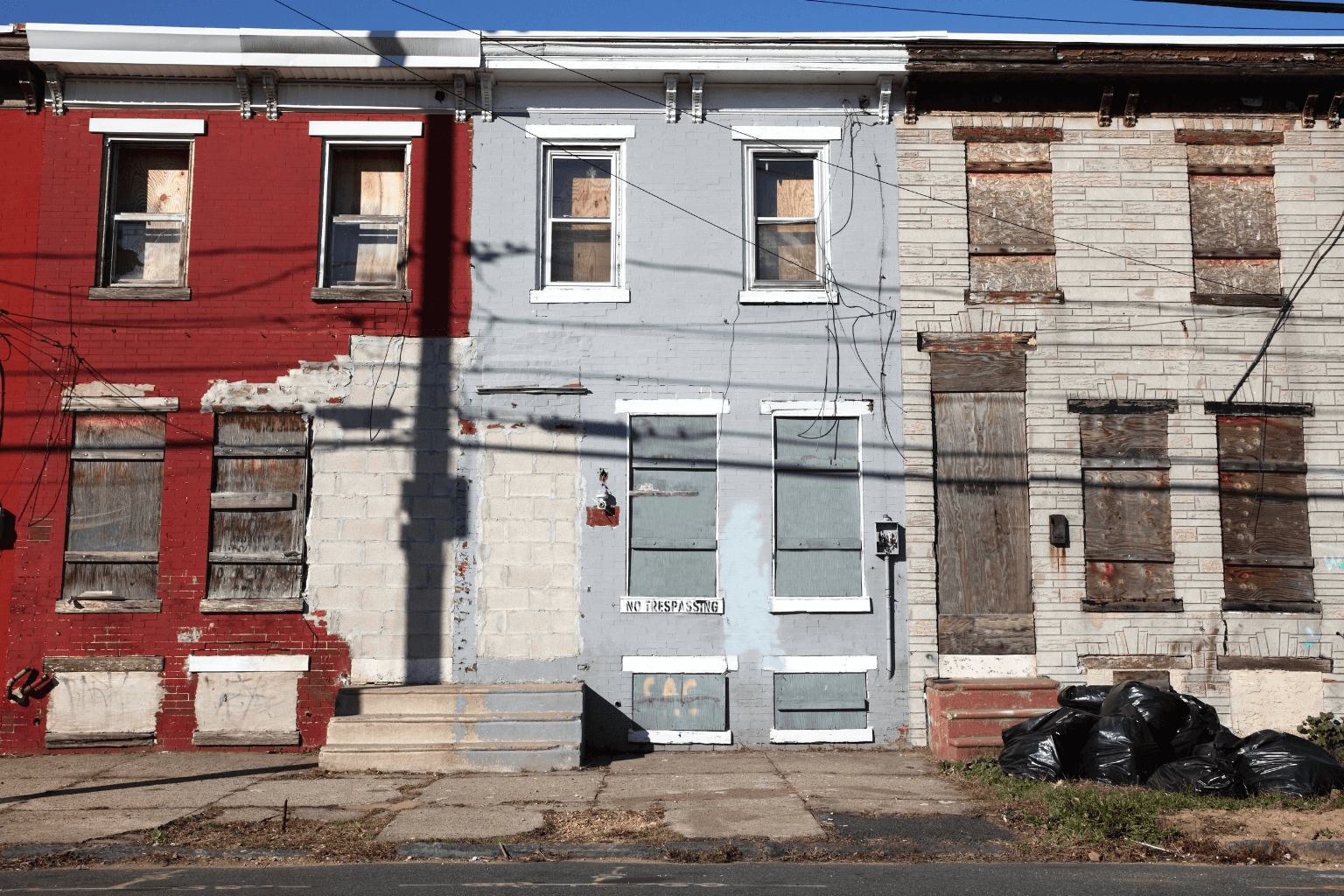
By addressing these impacts, revitalization can spark new growth and development.
Environmental Considerations
Why Environmental Assessments Matter
Properties that have been abandoned may pose health or environmental risks. Assessing and remediating these issues is critical for safe redevelopment.
Case Studies: From Blight to Bright Future
Even properties with serious issues can be transformed into valuable community assets. The following case studies show how the value of condemned property can rise through thoughtful planning and investment.
Project Name | Location | Former Use | Redeveloped Into | Outcome |
Riverfront Revitalization | City A | Abandoned warehouses | Mixed-use riverwalk with retail | Boosted local economy and increased tourism |
Historic Factory Conversion | Town B | Condemned textile factory | Affordable housing and co-working | Preserved historic charm and met housing needs |
Urban Park Initiative | Neighborhood C | Vacant lots and condemned homes | Public green space and playground | Improved community health and increased home values |
Affordable Housing Renewal | Area D | Fire-damaged apartment block | Energy-efficient housing complex | Reduced blight and promoted sustainable living |
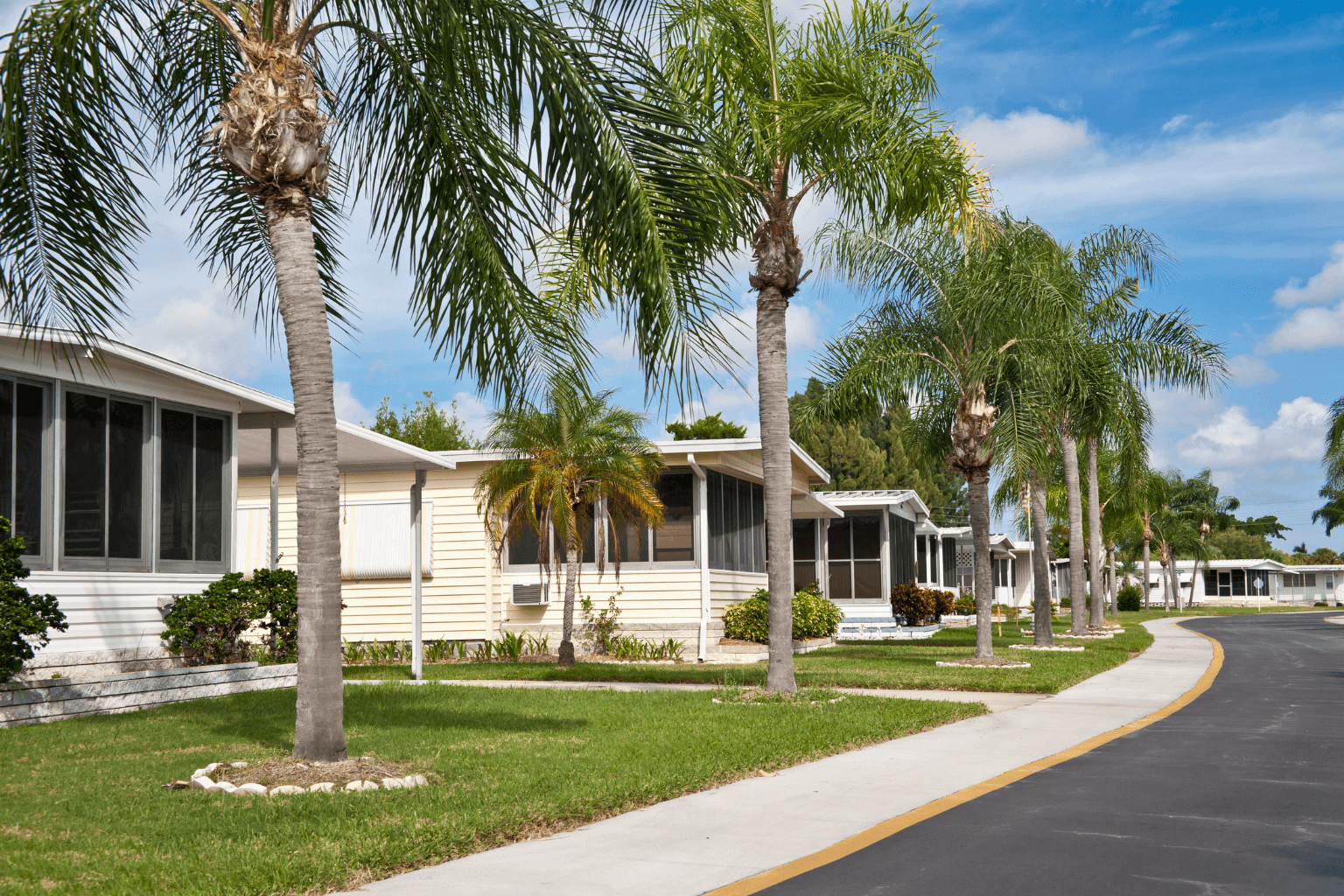 These real-life examples demonstrate how condemned properties, when managed strategically, can be turned into long-term investments that benefit both communities and developers.
These real-life examples demonstrate how condemned properties, when managed strategically, can be turned into long-term investments that benefit both communities and developers.
Conclusion
Several factors, including structural condition, legal rights, urban planning, and community impact, shape the value of condemned property. By understanding these elements and using innovative valuation strategies, property owners and investors can make informed choices. Condemned properties can still offer hope and opportunity when handled with vision, planning, and community support.



